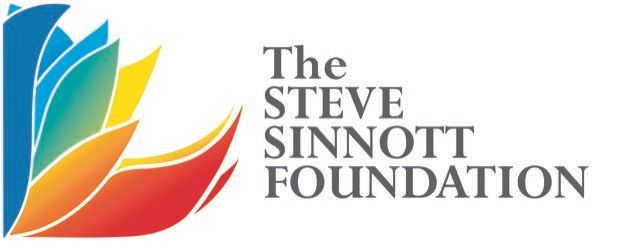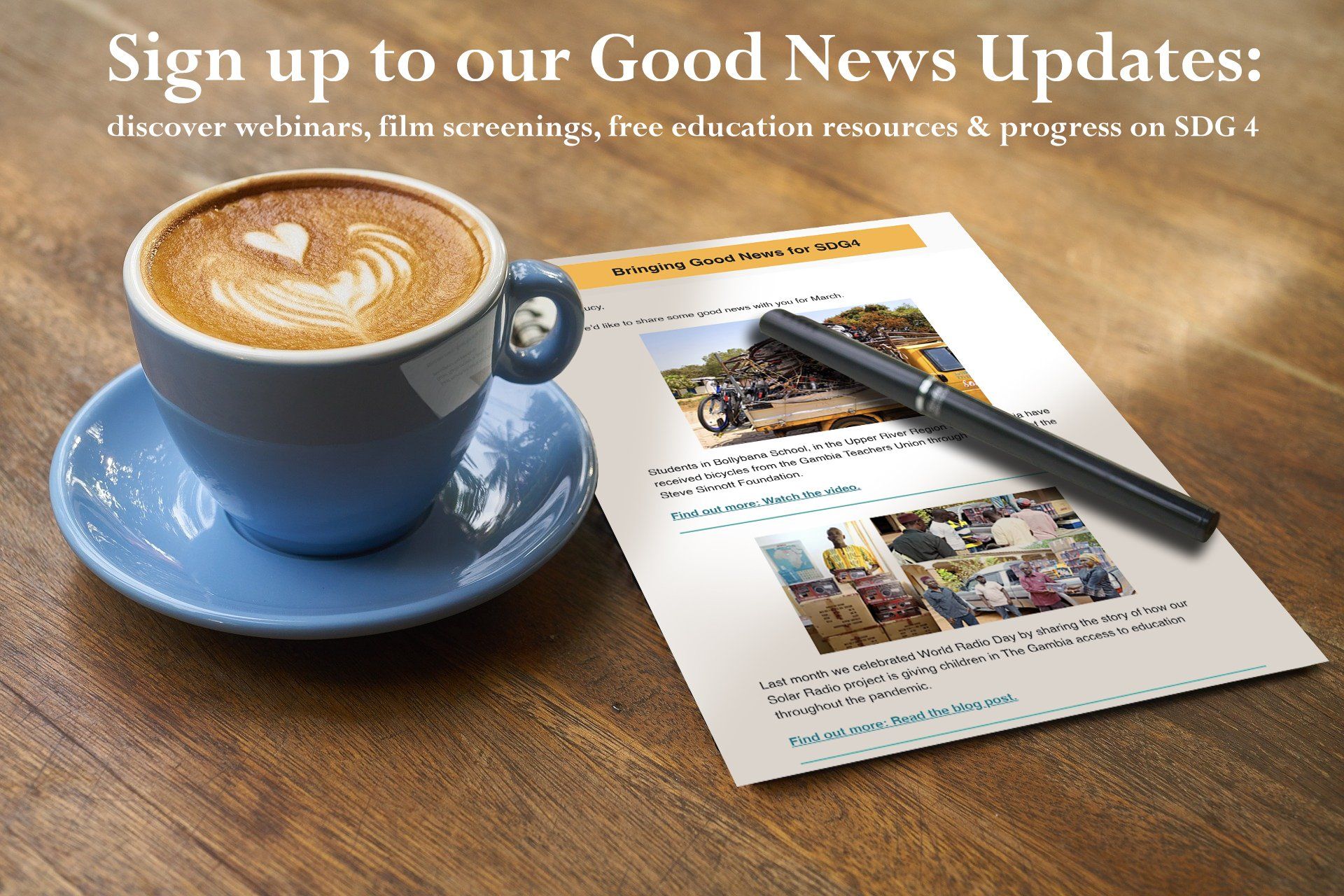Sue Rayment
We thought you might like to take a peek behind the curtain at the Foundation to see who is working to make Education for All children everywhere a reality at the moment.
Our team members have each written a short blog to introduce themselves and give you an insight into the experience they bring to the Foundation.
Sue Rayment
In “normal times” I work in a nurture classroom within a mainstream school. This class allows some of the most vulnerable children to access daily school life. Our class follows a highly structured day using a visual timetable. In this class we are “learning to learn”; this means developing the skills required to be a successful learner in a mainstream class. We focus on learning to understand and regulate our emotions, on how to deal with anxiety and the unknown and strategies to deal with frustration and anger and attachment disorders. One of our favourite books is The Colour Monster, by Anna LLenas, which is a great way to introduce how to recognise our emotions to very young children.
Learning resilience is key; we learn to complete tasks and to feel successful. Our tasks are usually very sensory and involve creative and art activities. The children learn to listen to instructions and follow simple steps to achieve success. Our pupils are very young (aged between 4 and 6) so activities can last anywhere from five to ten minutes.
They are not ready to fully access maths and English lessons but they are learning to stick with a task and eventually this will be translated into learning in class. Even learning to make a sandwich can prove frustrating as spreading butter is no mean feat when you are only five. We give them strategies to cope with frustration such as ways in which they can ask for help. Success is rewarded with praise and sharing their success with their families who visit the class on a regular basis to join us for toast and juice.
Suddenly, with very little notice, the security provided by this nurturing classroom environment has been withdrawn. Everyone is struggling to cope with life under COVID19, but for the children with special needs the challenges are immense.
As a school we are already sending out regular work and activity ideas to support families. In addition to this, we are phoning the families of the most vulnerable pupils on a regular basis. This means I can support families on an individual basis with some parents happy with a weekly check in and some parents benefitting from a daily chat and advice and strategies to cope at home. Some of the pupils just need to hear their teacher’s voice to know that I am still here and that I have not just disappeared from their lives and to know that their classroom and teachers and friends are all waiting for them.
Some of our non -verbal pupils have benefitted from specially designed social stories to help them to understand what is happening. For instance, one child is so angry and confused because he cannot see his grandmother whom he is used to seeing on a daily basis. He cannot express his feelings in words or writing but as a school we can help mum to support his emotional needs at home. I am sending a weekly letter to my pupils with an activity that they can all complete. If their parents can they are photographing their work and e mailing it to me. I can then share the photos with all of them to reinforce a sense of security and optimism. I also send separate daily activities to support the children’s individual needs.
As any special needs child knows, we all need to adapt in difficult times but it can be done.
Steve Sinnott Foundation • July 31, 2020
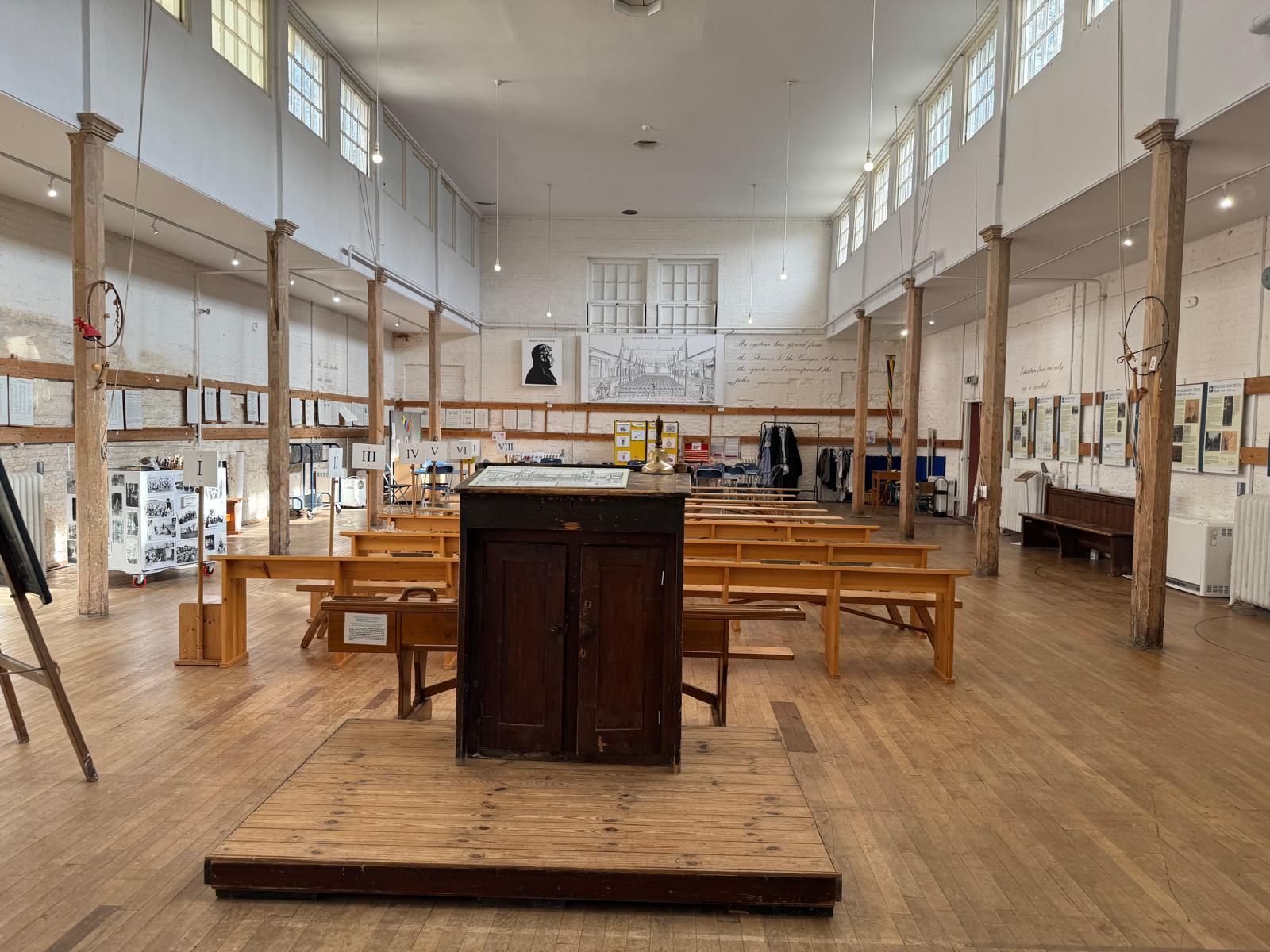
This week while out and about in Hertfordshire and we visited the British Schools Museum. We discovered the first school opened by Joseph Lancaster, was known as the ‘Poor Childs Friend”, was in 1810. It was his lifelong mission that all children regardless of their circumstances, should benefit from an education. Apparently, Joseph heard a small girl say, “Oh that I could read!” and this inspired him to create a simple education system that eventually would benefit children across the world. Joseph was the tenth son of a poor man himself from South London. His aim was to offer free education for everyone. However, it would be 93 years before the U.K. government finally made education free for all. There are still many countries today where education is still not free to access and it is certainly not compulsory for primary and secondary age pupils. Joseph’s mission really resonates with that of the Foundation, to support access to education for all. We enjoyed our visit and appreciated the tour given by two of the Museum’s volunteers, Angela and Clare. They described some of the challenges faced in the early years of formal education and shared some of the rules that teachers and students had to abide by with us.
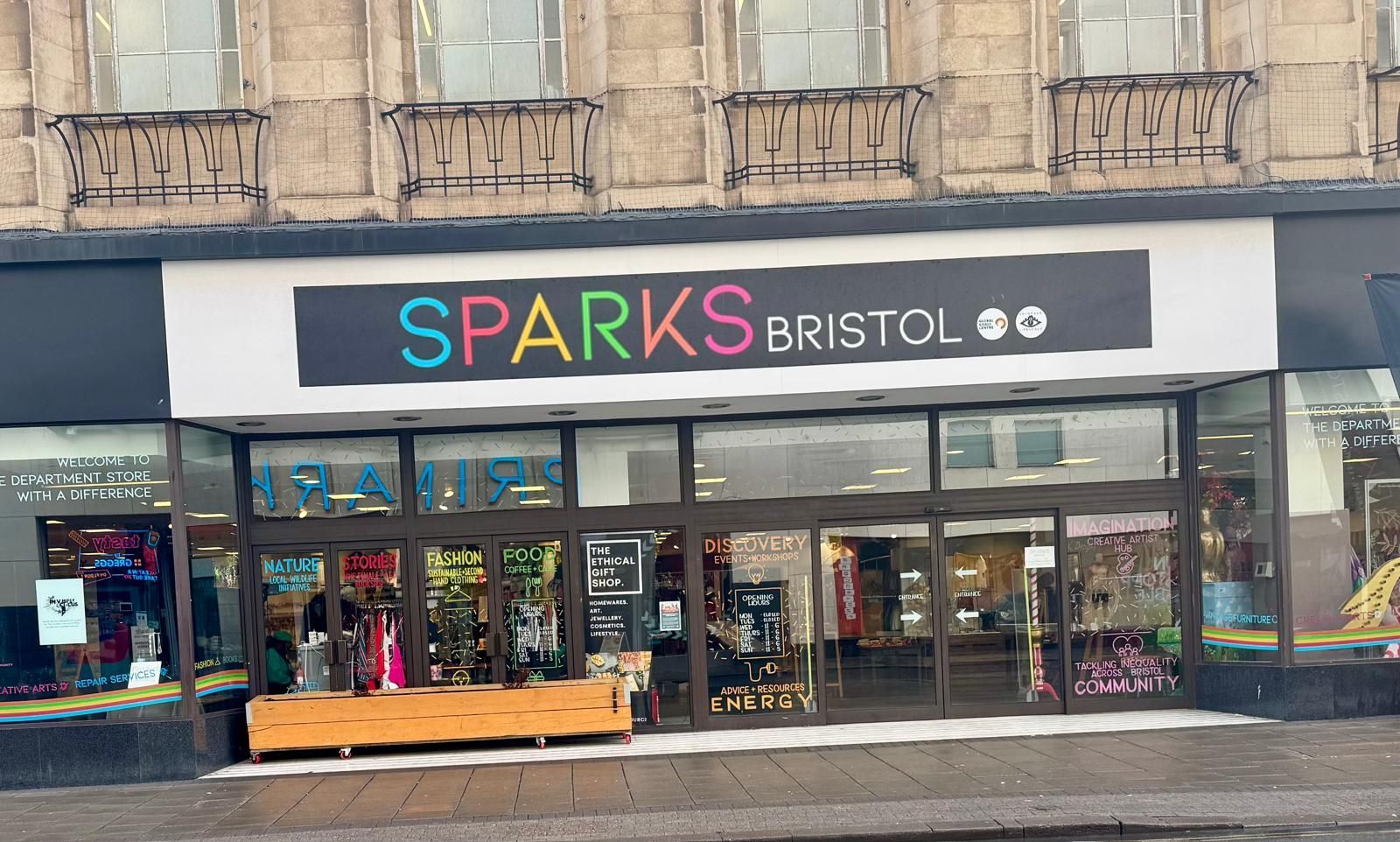
Sparks Bristol is a collaborative community project initially envisioned by The Global Goals Centre, (GGC) more of which below. A few years ago, GGC took over an empty Marks and Spencer store and that’s how Sparks was born. Sparks is a department store with a difference, co-created by Global Goals Centre and Artspace Lifespace. On the ground floor is a huge range of shops, installations, events and more. Upstairs is a hub for local artists, it offers affordable studios as well as rehearsal and performance space. The Global Goals Centre is a Bristol-based educational charity inspired by the Sustainable Development Goals. (SDGs). GGC believe the SDG’s or Global Goals as they are sometimes known, can be reached, with imaginative solutions and widespread education and engagement. They work with partners to promote creative solutions and deliver ground breaking projects that work towards these ambitious goals. The Steve Sinnott Foundation supported the Global Goals Centre with seed funding when it first started over 5 years ago. This month we went to visit them to see how they are getting on and we were taken aback by the volume of work they have achieved since they started. It is amazing to see how though working together with other local community groups it has grown into the vibrant centre it is today. All of the creative projects they host are linked to the SDGs. They cover topics that tackle poverty, education, climate change, fashion recycling and upcycling, to name a few.
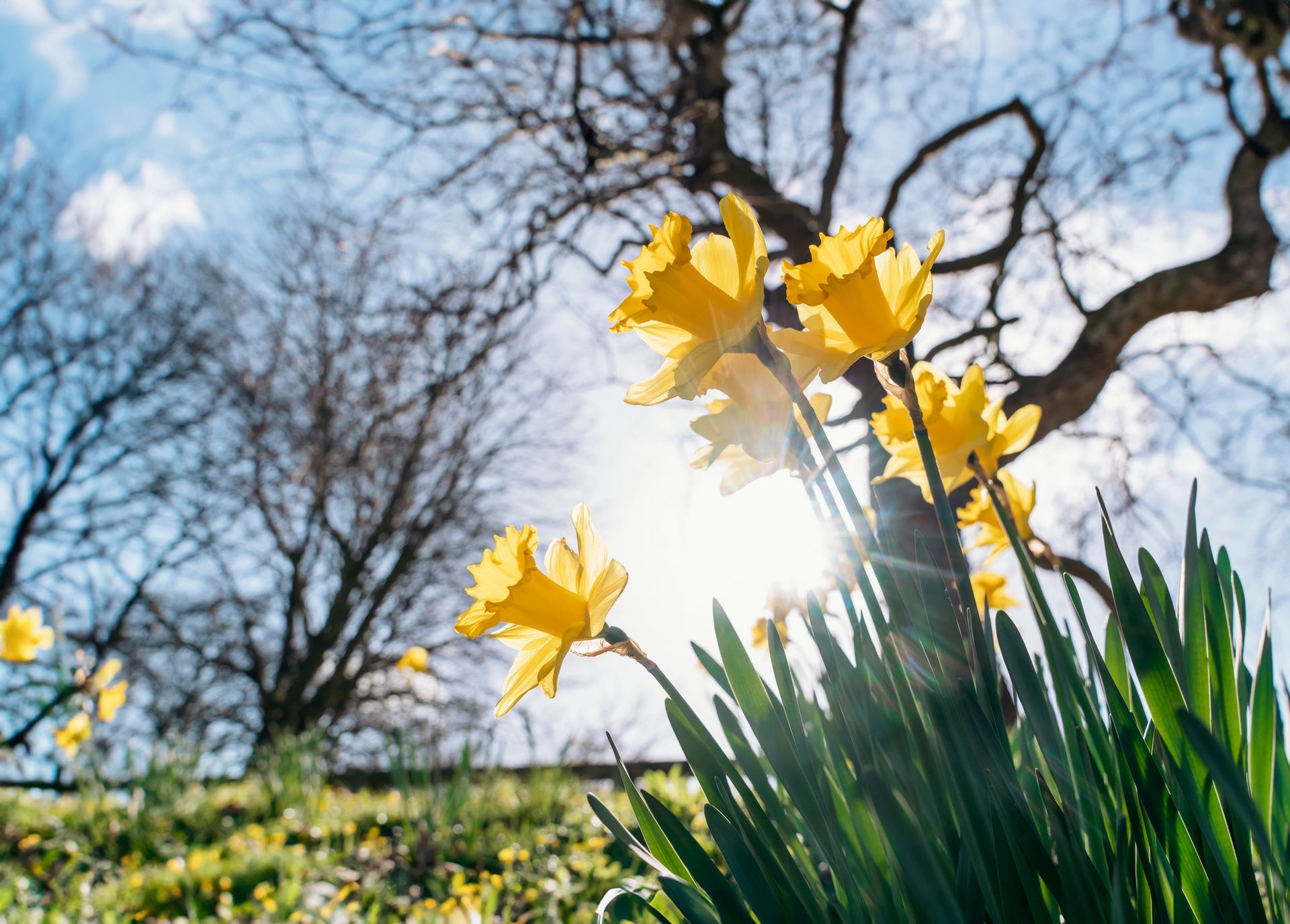
Spring is definitely here, daffodils, blossom and crocuses are all basking in the bright sunshine. There is still a chill in the air in the shade but it's happening and all the seeds that were sown over the last few months are coming to fruition. At the Foundation, we have been planning the year ahead and our Positive Periods and Prevention of Gender Based Violence programmes got underway this weekend in Haiti and Ghana. These projects will have a long-lasting effect on the lives of the women and girls who take part: tackling the root causes of gender-based violence and enabling girls to attend school every day when they have their period, to feel safe at school and know how to take action when they are faced with violence. These are the first of many projects planned for the year ahead as we continue to work towards Education for All children everywhere.
